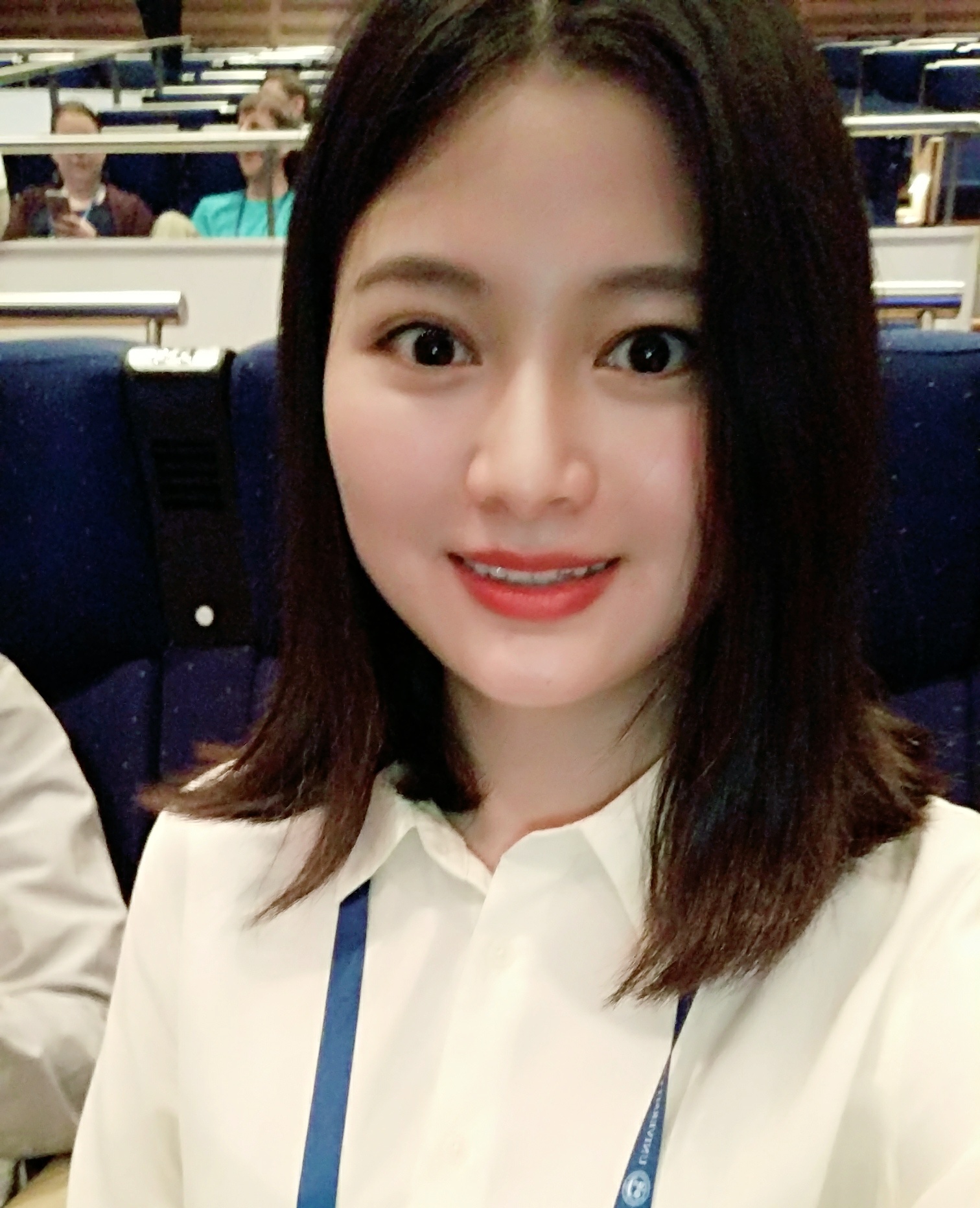Can Coverage Criteria Guide Failure Discovery for Image Classifiers? An Empirical Study
Abstract
References
Recommendations
Comparing non-adequate test suites using coverage criteria
ISSTA 2013: Proceedings of the 2013 International Symposium on Software Testing and AnalysisA fundamental question in software testing research is how to compare test suites, often as a means for comparing test-generation techniques. Researchers frequently compare test suites by measuring their coverage. A coverage criterion C provides a set ...
Empirical evaluation on FBD model-based test coverage criteria using mutation analysis
MODELS'12: Proceedings of the 15th international conference on Model Driven Engineering Languages and SystemsFunction Block Diagram (FBD), one of the PLC programming languages, is a graphical modeling language which has been increasingly used to implement safety-critical software such as nuclear reactor protection software. With increased importance of ...
Using coverage criteria on RepOK to reduce bounded-exhaustive test suites
TAP'12: Proceedings of the 6th international conference on Tests and ProofsBounded-exhaustive exploration of test case candidates is a commonly employed approach for test generation in some contexts. Even when small bounds are used for test generation, executing the obtained tests may become prohibitive, despite the time for ...
Comments
Information & Contributors
Information
Published In

Publisher
Association for Computing Machinery
New York, NY, United States
Publication History
Check for updates
Qualifiers
- Research-article
Contributors
Other Metrics
Bibliometrics & Citations
Bibliometrics
Article Metrics
- 0Total Citations
- 71Total Downloads
- Downloads (Last 12 months)71
- Downloads (Last 6 weeks)68
Other Metrics
Citations
View Options
Get Access
Login options
Check if you have access through your login credentials or your institution to get full access on this article.
Sign in
